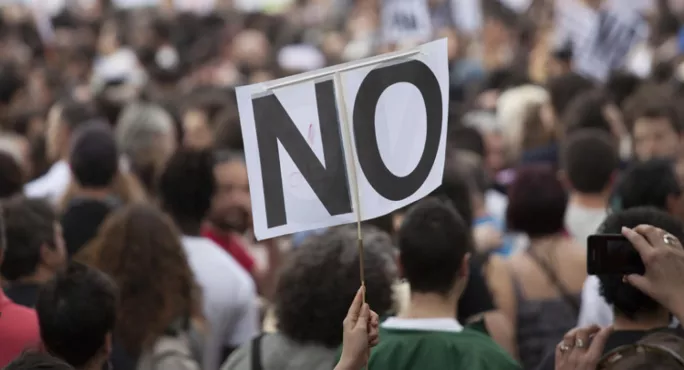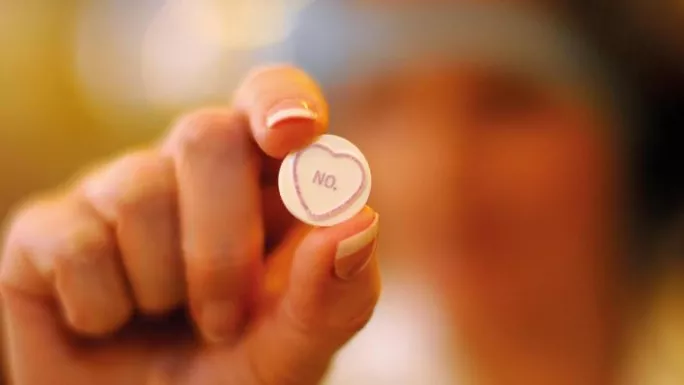You keep him behind. You want a word with him. Today, his work ethic – which is often sluggish and occasionally sloth-like – was unacceptable. He needs to sort out his attitude.
It’s a familiar scene. The end of lesson “chat”: part bollocking, part reality check, part inspirational pep talk. Handled well, these scenarios spell out expectations, reinforce behaviour norms and revive moribund teacher/pupil relationships. Yet why, after delivering well-chosen words of advice, do some teachers, to paraphrase Frank and Nancy Sinatra, go and spoil it all by saying something stupid like “OK, mate?”
What's wrong with calling a pupil 'mate'?
The logic to using "mate", and other affectionate forms of address, seems sound. Take a surly girl who doesn’t seem to like you or your lessons. Show them, through a cheery term of endearment, that you’re not a child-hater. Prove that, despite the telling off, you’re on their side. Soften the blow with a tagged-on "mate".
Quick read: Should teachers treat girls and boys differently when it comes to behaviour?
Quick listen: Professor Linda Graham explains what an effective behaviour policy should look like
Want to know more? Read about why saying goodbye to pupils can be harder than most teachers care to admit
So what’s my problem with teachers calling their pupils "mate"? Well, actually, I have three problems with it:
-
Regardless of intention, "mate" implies to the young person that you are, or would like to be, their friend. Some would argue that the term "mate" is neutral – for example, when you say “cheers, mate” to a bus driver. But I’d suggest that most young people, who are still developing their understanding of language and power dynamics, would think it means "friend".
-
It implies you’re more concerned about popularity than respect. It also dilutes the impact of your firm, authoritative message.
-
It’s usually said in a tone of voice that is more pleading than politely insistent. Yes, "mate" can be used in a passive-aggressive way (“now listen, mate”), but in my experience, it’s more likely to be of the: “You can manage that for a couple of lessons, can’t you, mate?” variety.
Other terms of endearment also cause confusion for pupils. Affectionate regional terms, like "sweetheart" or "my lovely" can unintentionally blur the boundaries of adult/child relationships.
I once challenged a teenage boy about inappropriate language to a female teacher. He replied that another female teacher called him "my lovely" and he didn’t see the difference.
But if you insist on "mate", "sweetheart" or – if you work in a public school stuck in the 1930s – "chum", then at least heed the following advice:
1. Don’t let them call you ‘mate’
Allowing a pupil to refer to you as "mate", or similar, suggests a reciprocal and equal relationship. Politely say “I know I call students "mate", but I’m not actually your friend. So you’ll need to call me Sir, or Mr…”
2. Consider the age/gender dynamic
Perhaps it shouldn’t be like this, but a 55-year-old female primary teacher calling a 10-year-old boy "sweetheart" is far less likely to blur boundaries than a 23-year-old female NQT addressing a 17-year-old boy in the same way.
3. Think about the context
These two scenarios strike quite different tones:
-
“I know you’re having a tough time at the moment, my love. It’s OK to cry.”
-
“You’ve not done your homework again. Detention in my room after school. OK, my love?”
Of course, the safest option is to simply avoid these terms completely. Outside of school, I use colloquial forms of address with glee, but in a professional context I feel that the benefits of using such terms are far outweighed by negatives. OK, mate?
Mark Roberts is an assistant headteacher in the South West of England
Further reading





